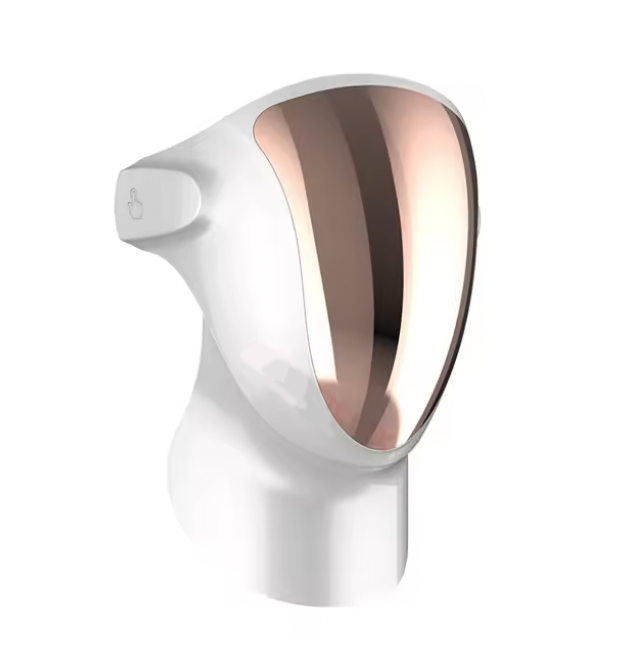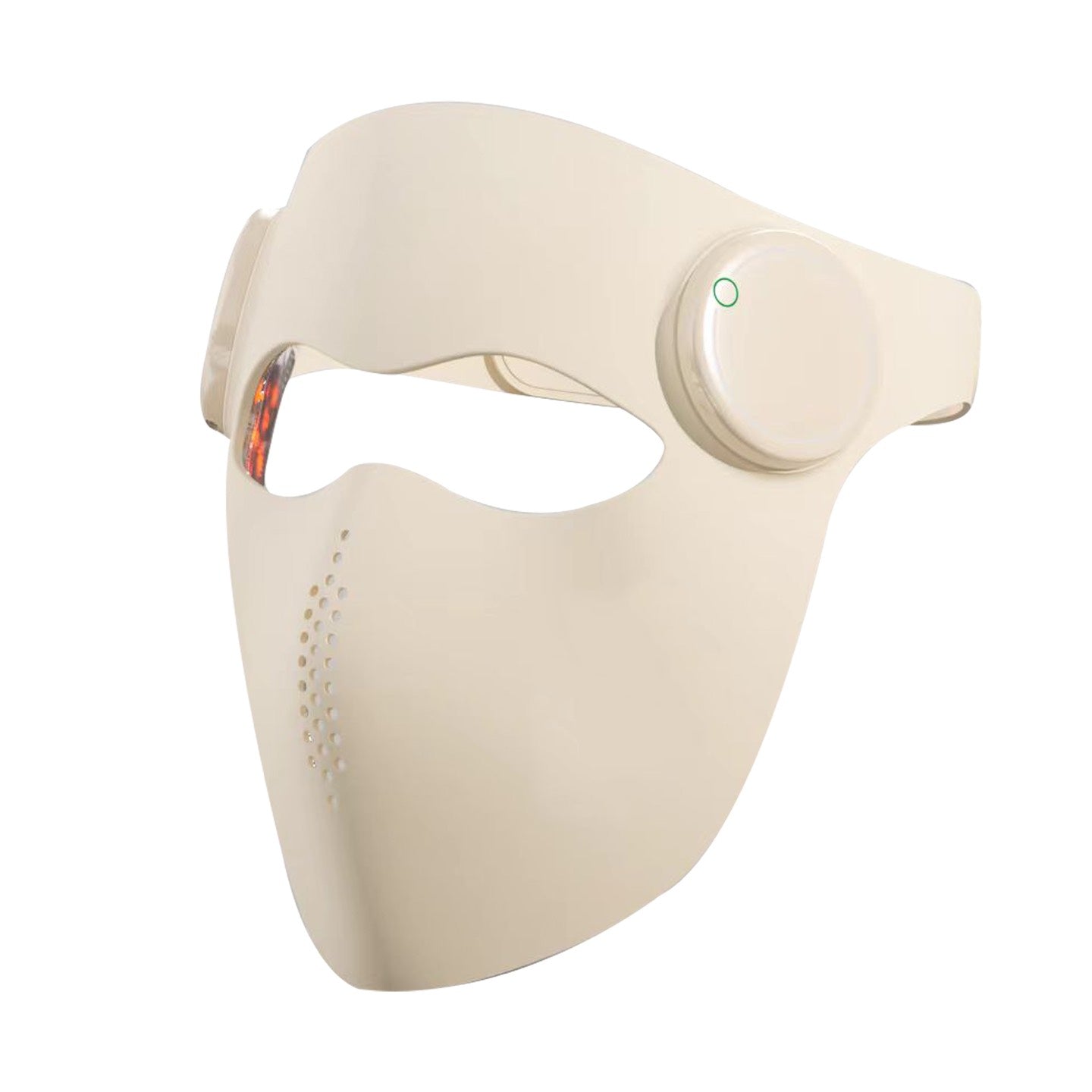Psoriasis is a skin condition with overlapping symptoms such as inflammation, itching, dryness, and cracking. However, psoriasis is an autoimmune disease that causes the body to attack healthy cells, leading to uncontrolled growth and causing symptoms such as raised lesions, scaling, or plaques. Although the disease can appear anywhere on the body, it is more likely to occur on the knees, elbows, lower back, and scalp.
Red light therapy and psoriasis
One of the best current treatments is red light therapy for psoriasis. This method uses LED laser diodes on the skin to reduce inflammation and promote deep healing. Red light therapy can reduce inflammation, promote the repair of damaged tissue, and restore the skin barrier.
One of the best current treatments is red light therapy for psoriasis. This method uses LED laser diodes on the skin to reduce inflammation and promote deep healing. Red light therapy can reduce inflammation, promote the repair of damaged tissue, and restore the skin barrier.
How does phototherapy work in the treatment of psoriasis?
LED phototherapy sends photons to the body at different depths, depending on the wavelength used. Blue light, for example, works with wavelengths of 450-495 nm and primarily acts on the surface.
LED phototherapy sends photons to the body at different depths, depending on the wavelength used. Blue light, for example, works with wavelengths of 450-495 nm and primarily acts on the surface.
Red light has wavelengths of 620-750 nm and penetrates slightly below the surface of the skin. Infrared light is in the range of 780-1000 nm and penetrates more deeply into the body for powerful healing.
Low-intensity phototherapy improves cellular performance, increases the number of fibroblasts, and opens mitochondrial pathways. It is excellent for collagen and elastin production. Red light phototherapy is especially helpful in reducing inflammation and pain associated with scars/surgeries or skin issues such as dermatitis, eczema, and rosacea.
Scientific studies
A review of the research conducted by Daniel R. Opel, MD, Erika Hagstrom, and others in The Journal of Clinical and Aesthetic Dermatology examined the benefits of different wavelengths of LED.
They discovered that the specific benefits vary according to the wavelength and generally include wound healing, skin rejuvenation, reduction of acne and wrinkles, and prevention of sunburn.
LED light therapy sends energy photons to the cells, stimulating the mitochondria to produce more adenosine triphosphate (ATP). ATP provides cellular energy for the entire body, and its increase has a number of benefits in the treatment of medical and skin issues;
Research shows that it can significantly reduce inflammation and itching from any condition, heal the scales of psoriasis, and in some cases, cure scalp psoriasis.
It is explained by dermatologist and Harvard professor Elizabeth H. Page, MD: "Phototherapy works by expelling the white blood cells that cause inflammation, so phototherapy is anti-inflammatory."
Can RLT cause cancer?
There may be concern about the risk of skin cancer with any form of phototherapy. RLT is not associated with an increased risk of skin cancer. This therapy is very different from exposure to UV light, which is known to contribute to skin cancer.
Does red light therapy help with psoriasis?
Psoriasis is often resistant to standard treatment methods, depending on its severity. How effective is phototherapy for psoriasis? Research on the benefits of LED light to improve the condition is quite positive.
Psoriasis is often resistant to standard treatment methods, depending on its severity. How effective is phototherapy for psoriasis? Research on the benefits of LED light to improve the condition is quite positive.
A review of the research in Lasers in Medical Science by Ping Zhang and Mei X. Wu demonstrated the efficacy of red light and NIR light for psoriasis due to their deep penetration and healing effects.
A study published in the Journal of the European Academy of Dermatology and Venereology by MM Kleinpenning demonstrated the efficacy of blue and red light for psoriasis.




![Red light panel - tabletop [M300]](http://vitanaturalis.es/cdn/shop/files/2.jpg?v=1720261134&width=1000)
![Red light panel - tabletop [E300]](http://vitanaturalis.es/cdn/shop/files/1.jpg?v=1720261665&width=1000)